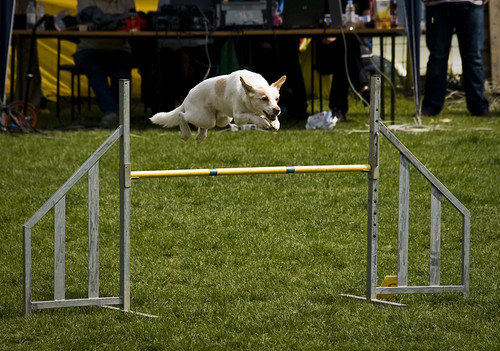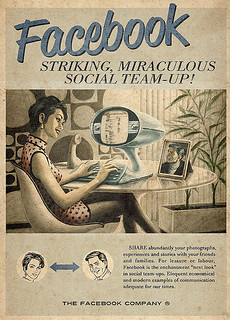 Why would people ignore your call to action even when you effectively grabbed their attention and engaged them emotionally?
Why would people ignore your call to action even when you effectively grabbed their attention and engaged them emotionally?
Most often, your messaging failed to provide solutions to barriers stopping them from taking action.
There are six common barriers to action:
1. Hard. Your call to action must be perceived as easy to do—either immediately (e.g., “give $15 now without leaving Facebook” versus making people click off to another site to support your cause) or within a definite timeframe and context (e.g., pick a designated driver before you go to a bar instead of “make sure your friends do not drive drunk”).
2. Too abstract. Asking people to “save the earth” or “eat healthy” will accomplish little. Instead, make the complex simple and focus on easy actions that will make a difference (e.g., ask people to replace incandescent light bulbs with LEDs or drink water instead of soda pop or juice).
3. Impossible to visualize. Related to numbers one and two above, people need to be able to form a mental picture of themselves doing the action you desire (e.g., ask people to send an already written letter to a politician via email rather than asking them to support “stopping war”). Simply put, if they cannot visualize it, they won’t do it.
4. Too risky. Make sure your call to action does not ask people to spend an inordinate amount of time or money on your cause and carefully consider any concerns they might have about putting their reputation on the line. Help people become active in your cause by making a series of small asks before any big ones or focus your efforts on interpersonal influencers who can create social pressure to act.
5. Not a priority. In many cases, people have too many other commitments and choose to ignore a call to action. Find a way to increase the urgency (e.g., have donations matched dollar for dollar or participate in a fundraising competition on a specific day. Or, like number four above, focus your efforts on interpersonal influencers who can create social pressure to act).
6. Forgettable. Make your call to action short, simple, and memorable (e.g., think the environmental mantra “Reduce. Reuse. Recycle,” not something long-winded about reducing the amount of solid waste your household produces, recycling your newspapers and plastics…).
Your turn? Did I forget any key barriers to action? Please let me know in the comments section below!



